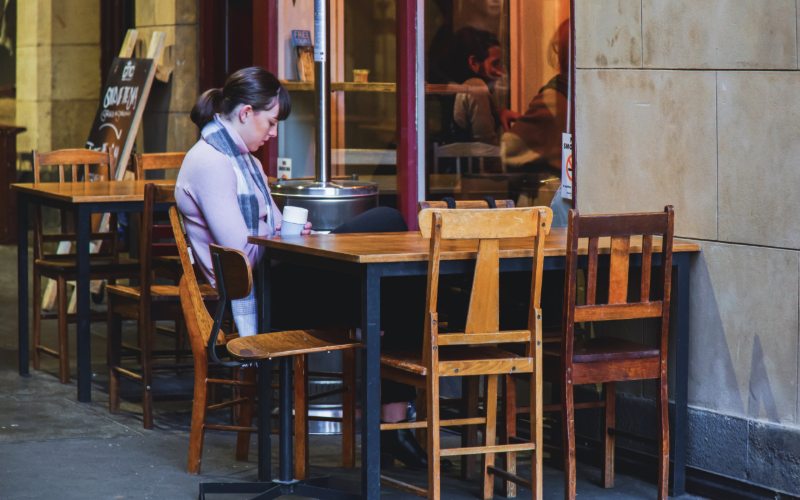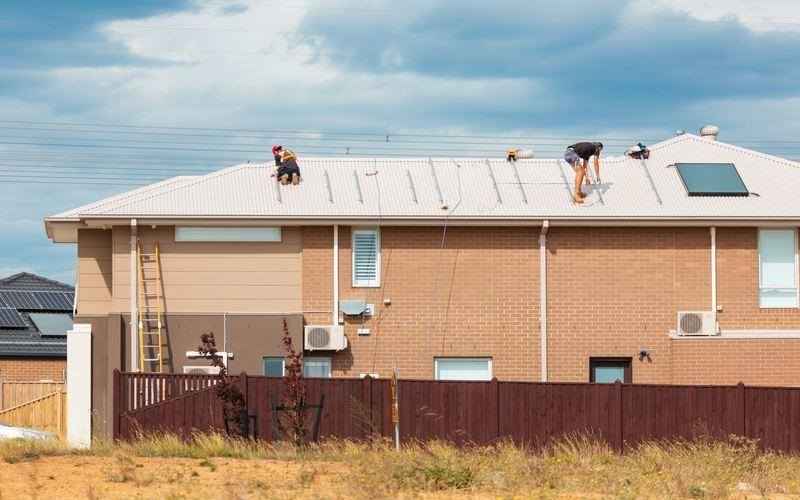Real estate and investment management firm JLL found the sudden drop in Australia's population growth amid the coronavirus pandemic will create a lack of demand in Australia's residential apartment markets.
According to JLL's research, the amount of inner-city apartments under construction across the major capital cities fell a further 5% in 1Q 2020 and is now 30% below its mid-2018 peak.
The apartment market had already contracted sharply over the past 18 months, and just as it was set to rebound, the COVID-19 shock caused more projects to be delayed or abandoned.
JLL also found that the number of apartments being marketed fell a further 11% in Q1 2020, 73% below its mid-2017 peak.
JLL Head of Residential Research Leigh Warner said the signs are pointing to lower levels of supply for the next few years.
“We have been expecting that this drop in supply would tip the apartment market back into under-supply over this period, but now the impact of COVID-19 will also see underlying demand fall sharply on the back of lower population growth," Mr Warner said.
“The numbers we are using suggest total population growth, and therefore our underlying housing demand growth, almost halves in 2020 and declines a further 25% in 2021.
“We will still eventually move into a position of under-supply. However, it will just take at least a couple of years longer to get there."
Mr Warner said current uncertainty among buyers will make it difficult for them to commit to projects, and supply will stay at "very low levels" in 2022 and 2023.
“We will see population growth and demand improve significantly over this period and this is when we now could tip back into under-supply – a couple of years later than expected,”he said.
Looking for a low variable rate investment home loan? The table below displays some of the lowest interest rates on the market.
| Lender | Home Loan | Interest Rate | Comparison Rate* | Monthly Repayment | Repayment type | Rate Type | Offset | Redraw | Ongoing Fees | Upfront Fees | LVR | Lump Sum Repayment | Additional Repayments | Split Loan Option | Tags | Features | Link | Compare |
|---|---|---|---|---|---|---|---|---|---|---|---|---|---|---|---|---|---|---|
6.19% p.a. | 6.58% p.a. | $2,589 | Principal & Interest | Variable | $0 | $530 | 90% | Featured 90% LVR |
| |||||||||
6.29% p.a. | 6.20% p.a. | $2,473 | Principal & Interest | Variable | $0 | $0 | 80% | Featured Apply In Minutes |
| |||||||||
6.34% p.a. | 6.36% p.a. | $2,486 | Principal & Interest | Variable | $0 | $350 | 60% |
|
JLL's report also notes that asking rents could be set to fall, noting that asking rents could decrease by a "moderate" 5%.
SQM Research released data this week which found national residential vacancy rates rose from 2.0% to 2.6% in April, with areas like the Sydney CBD recording vacancy blowouts to 13.8%.
“We do expect some further softening of the rental market over the next two quarters or so and short-term accommodation stock entering the long-term rental pool will be just as important as demand in driving this,” said Mr Warner.
“However, after the initial softening in 2020, the rental market should steadily tighten over the medium-term. Many young renters that initially fled back to their parents will slowly come back as employment recovers, while many aspiring buyers may choose or be forced to stay in the rental market much longer than they otherwise would.
"At the same time, new rental supply will be limited and some stock will transition back to short-term accommodation as travel restrictions lift."
Sydney and Melbourne apartment markets to be hit
According to the report, Sydney's apartment market was well into recovery prior to COVID-19, but it now appears to be headed towards another downturn.
Concerns over the economy and unemployment saw demand for housing fall sharply, with auction clearance rates falling to around 30% in April.
Apartment completions increased year-on-year (YoY) in Q1 2020, but the report notes that completions will decline in 2020, and apartment approvals YoY have fallen by 38.6%.
"Physical restrictions have sharply impacted demand and auction clearance rates immediately, but rising unemployment, lower population growth and a weak economic outlook will likely hamper demand for housing for some time," the report said.
"While Sydney’s apartment supply pipeline will continue to fall sharply, the market is still absorbing the tail end of the last large supply pipeline. Rental vacancy was already slightly elevated and could now go higher, while asking rents have already fallen more in Sydney than other markets.
"Dwelling prices in Sydney are also likely to come under downward pressure in the short-term."
Melbourne was also in the stages of recovery but now looks like it will be hit hard, with the state's reliance on population growth as a driver of activity a key cause.
"JLL's 1Q20 Melbourne apartment supply data showed signs of slowing and the level of new commencements has declined," the report said.
"Some projects may already have been experiencing delay due to weaker investor demand, but the direct impact of COVID-19 really took effect from mid-March 2020 and we expect more projects to be deferred for an undetermined period of time.
"The rental market has already shown some signs of softening that will likely continue in the near-term."

Ready, Set, Buy!
Learn everything you need to know about buying property – from choosing the right property and home loan, to the purchasing process, tips to save money and more!
With bonus Q&A sheet and Crossword!






 Denise Raward
Denise Raward
 Brooke Cooper
Brooke Cooper

 Dominic Beattie
Dominic Beattie
 Harrison Astbury
Harrison Astbury

